Translucent Playing Cards
Translucent Playing Cards, 19th century French from the Biedermeier period
Translucent playing cards, when held up to the light, reveal a secret image depicting amorous sensuality printed on the middle layer of the pasteboard. These cards became popular in mid-19th century France. It can be noted that the postures of the court cards, superficially presented in classical poses, allow for hidden imagery to be incorporated, sometimes involving nuns. In this example, only the numeral cards contain hidden images as the court cards are not translucent. The hidden images vary from romantic to mildly erotic to pornographic.

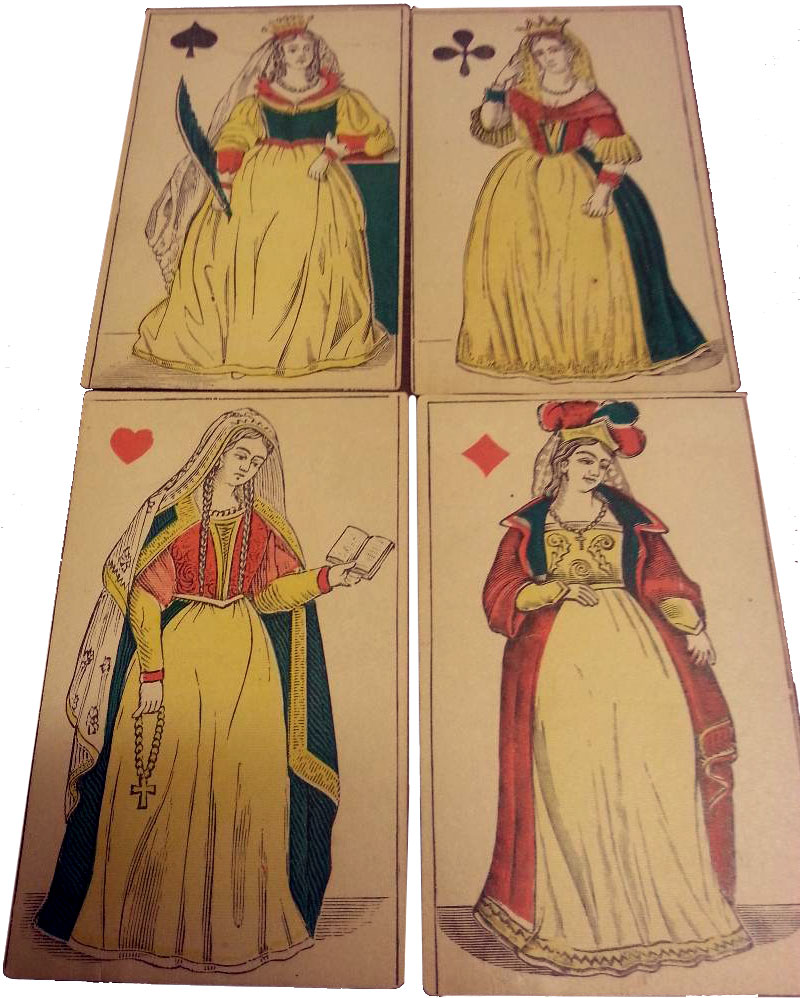
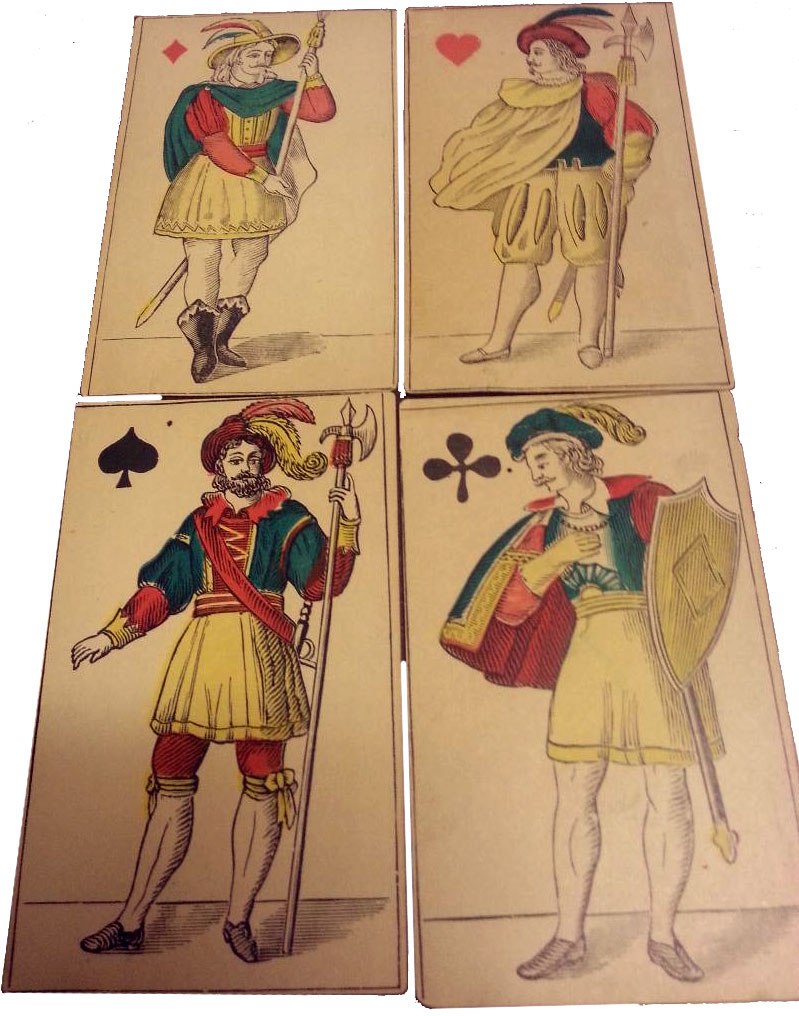
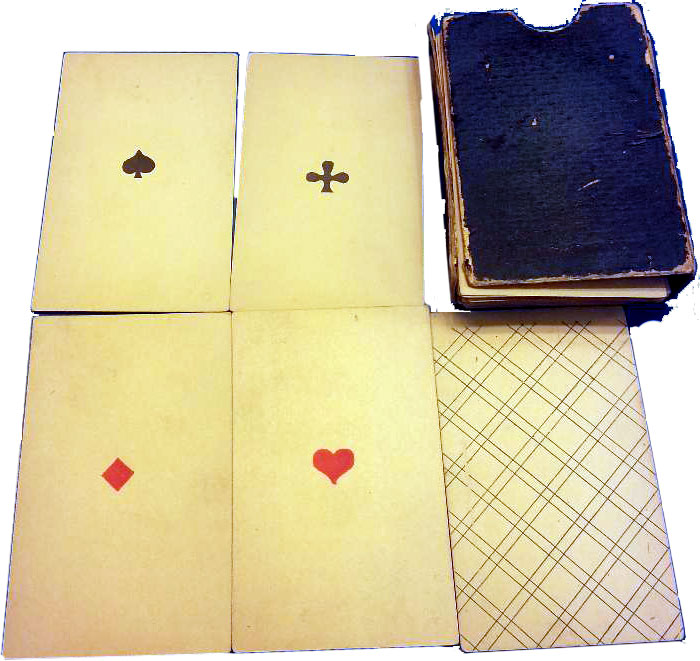
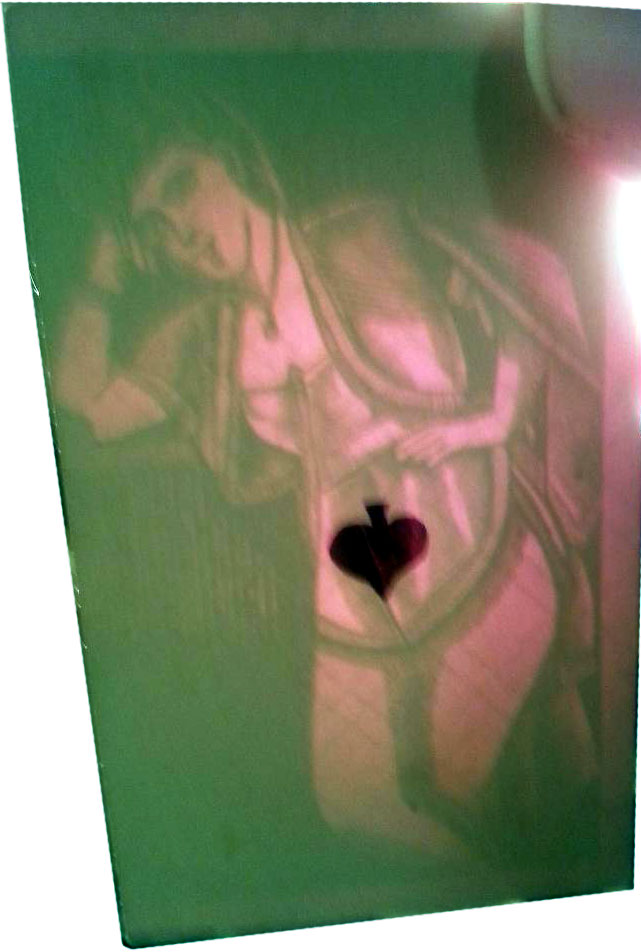
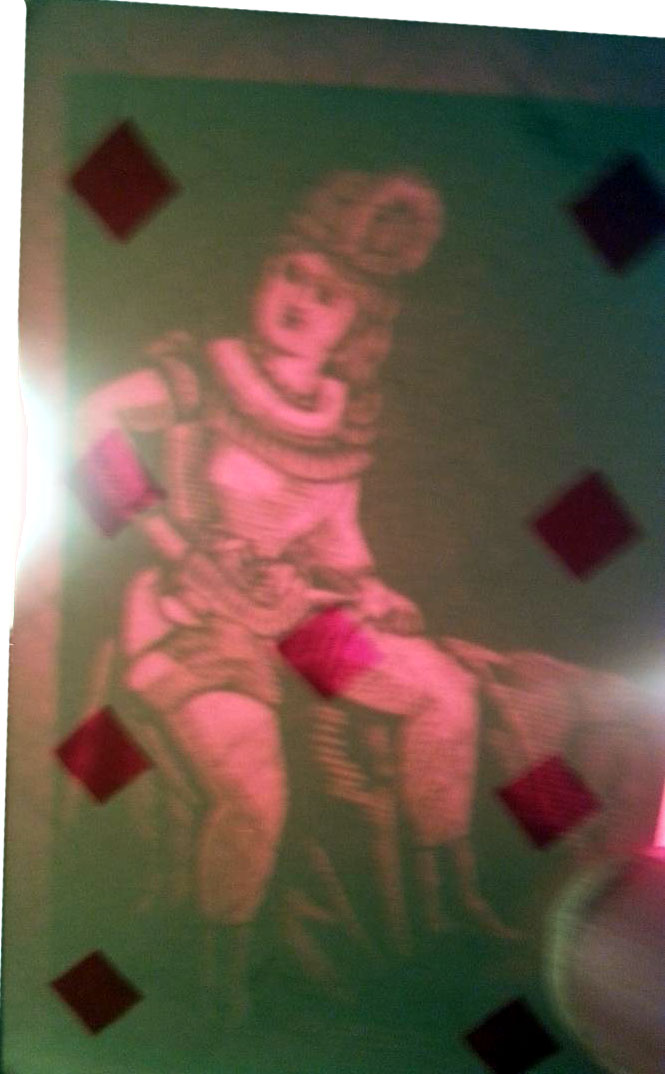
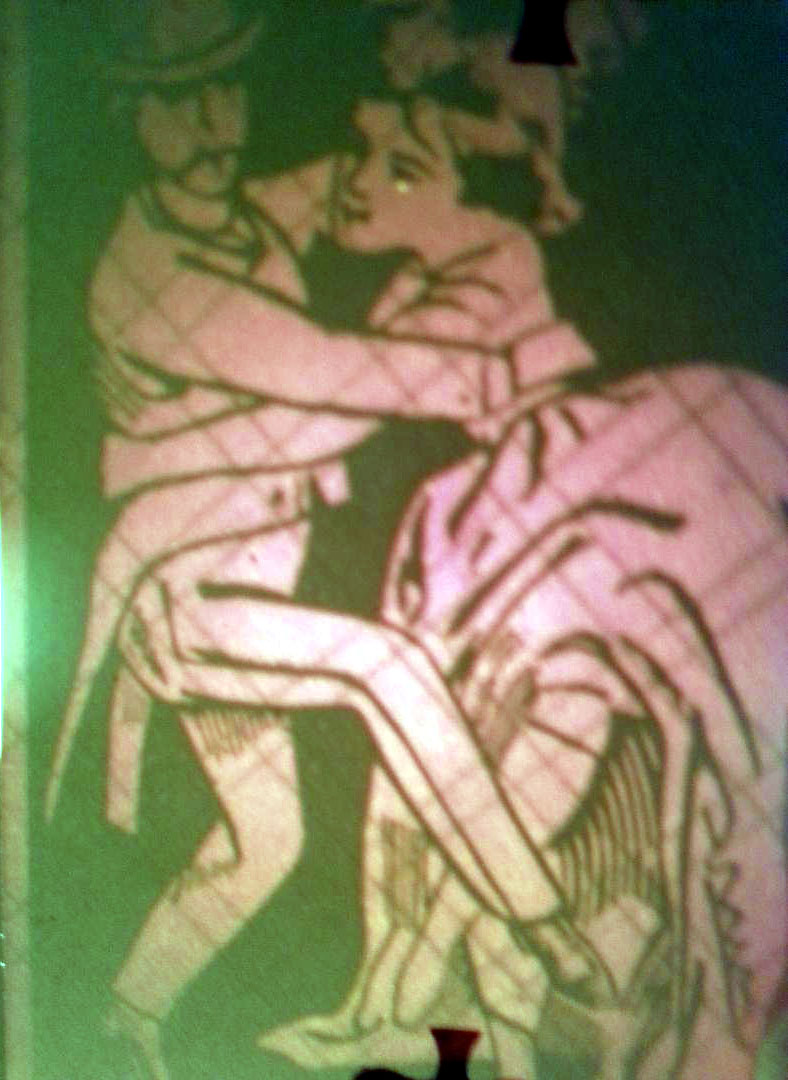
Above: Translucent playing cards, French, c.1870. A reproduction of this deck was published by Pieter Mefferdt Antiquariaat, Amsterdam, 1979, as “Erotic Playing Cards from the Biedermeier Period”. Images courtesy Charles Smythe.
Another example
In Greek and Roman times eroticism was more freely expressed. India gave us the Kama Sutra. But then it underwent restraint or repression through the middle ages and puritanical times. Erotic playing cards reappeared during the XIX century and translucent cards around the middle of the century. In some examples from this genre, the hidden imagery in the translucent playing card can be more sensual or lewd, as in the example below. The illustrations have nothing to do with the value of the card in the game.
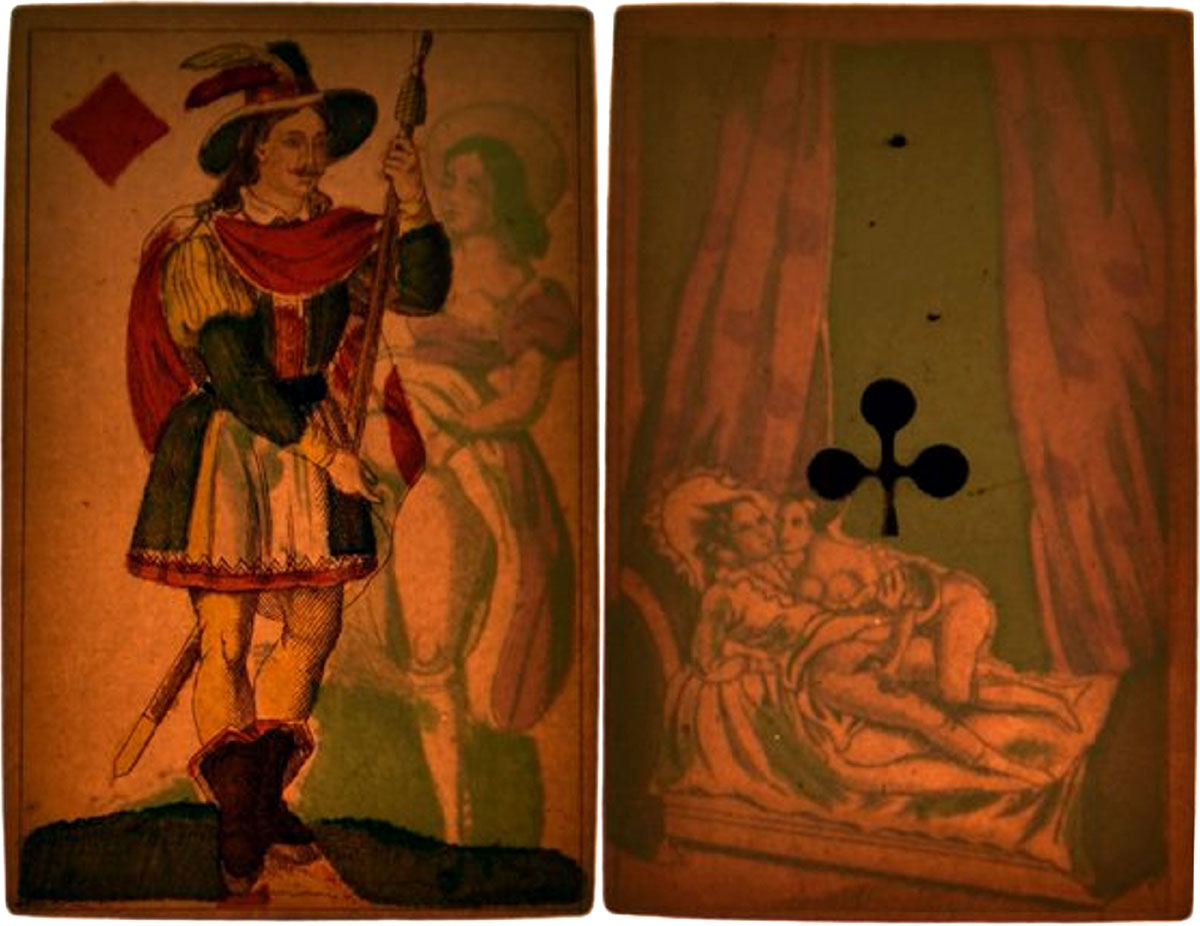
Another example
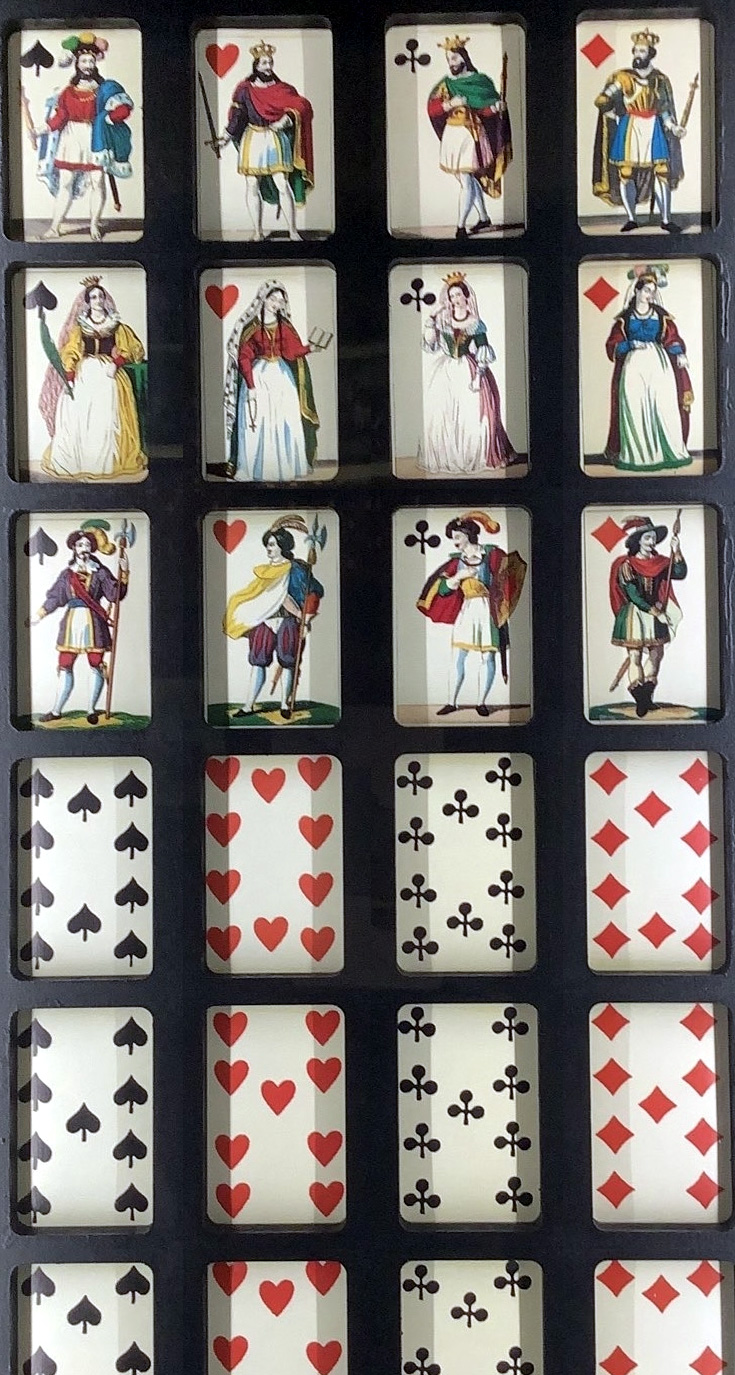
Above: similar cards in the Turnhout Playing Card Museum in Belgium give a suggested date of (1825-1848), made in the Biedermeier workshop.
By Simon Wintle
Spain • Member since February 01, 1996 • Contact
I am the founder of The World of Playing Cards (est. 1996), a website dedicated to the history, artistry and cultural significance of playing cards and tarot. Over the years I have researched various areas of the subject, acquired and traded collections and contributed as a committee member of the IPCS and graphics editor of The Playing-Card journal. Having lived in Chile, England, Wales, and now Spain, these experiences have shaped my work and passion for playing cards. Amongst my achievements is producing a limited-edition replica of a 17th-century English pack using woodblocks and stencils—a labour of love. Today, the World of Playing Cards is a global collaborative project, with my son Adam serving as the technical driving force behind its development. His innovative efforts have helped shape the site into the thriving hub it is today. You are warmly invited to become a contributor and share your enthusiasm.

Related Articles
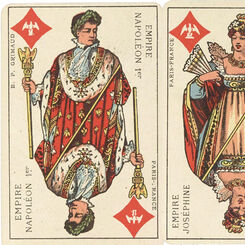
Cartes politiques : Jeu d'actualité
Political playing cards published by Grimaud et Chartier, Paris, 1872.
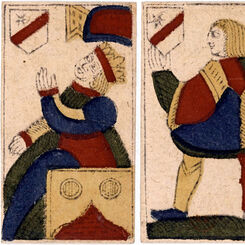
Swiss playing cards by Iehan Hemau
17th century Swiss-suited playing cards by Iehan Hemau of Épinal.

Dessoris
Spanish-suited cards by Dessoris, Perpignan, which anticipate the French Catalan pattern.
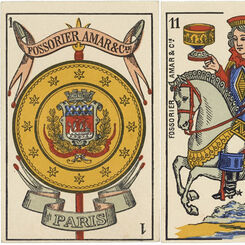
Cartes Catalanes by Fossorier, Amar et Cie
‘Cartes Catalanes’ published by Fossorier, Amar et Cie (Paris)
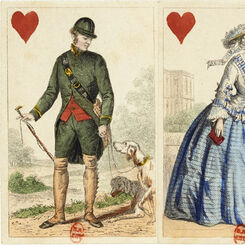
Fashion costume pack by O. Gibert
Elegant fashion costume deck published by O. Gibert, Paris c.1860.
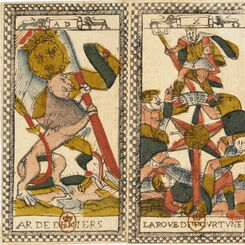
The Parisian Tarot
The “Parisian Tarot”, early 1600s, with imagery and design synthesizing several influences.
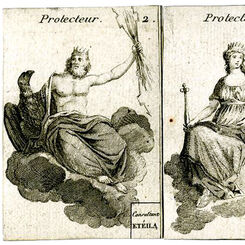
Nouvel Eteila ou le petit nécromancien
“Nouvel Eteila ou le petit nécromancien” cartomancy cards from France, late 18th century.
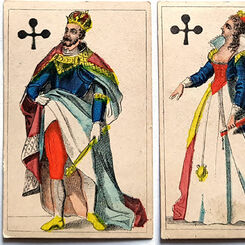
Amorous Translucent Playing Cards
Amorous Translucent Playing Cards, French, c.1850.
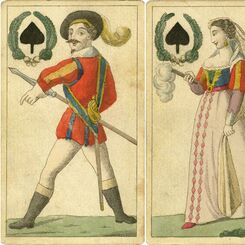
Translucent Playing Cards
Translucent Playing Cards made by an unknown maker, c.1850
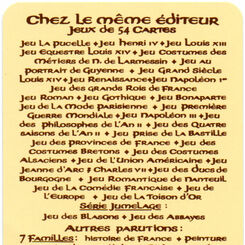
Éditions Dusserre, Paris
Éditions Dusserre, Paris.

Éditions Philibert
Éditions Philibert published an outstanding series of exotic, artistic playing cards in Paris from 1...
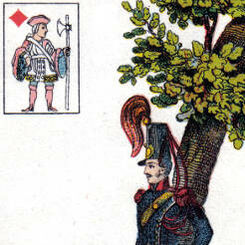
Livre du Destin
Livre du Destin or Book of Fate, printed by B.P.Grimaud, Paris, c.1900.

Lequart Aluette
Spanish-suited Aluette pack with 'FABRICANDO IN MADRID' printed on the Two of Swords and the legend ...
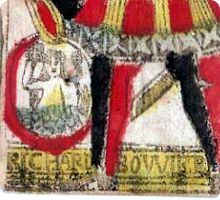
Richard Bouvier
The assorted antique playing cards shown below are examples of the French 'Paris' pattern from the s...
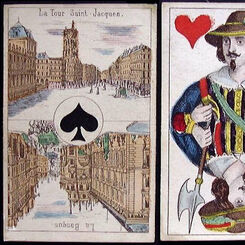
Alphonse Arnoult
Finely engraved deck by Alphonse Arnoult (Paris), c.1860. 52 cards.
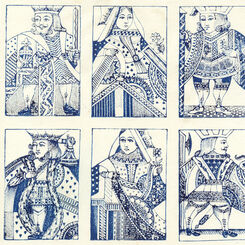
Boisse English pattern
Boisse English pattern, c.1870 based on designs by De La Rue.

Translucent Erotic Playing Cards, page 2
Translucent Erotic Playing Cards, page 2
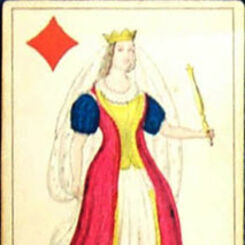
Translucent Playing Cards, c.1850
Cards from a translucent pack. Erotic images are concealed in the middle layer of the card and becom...
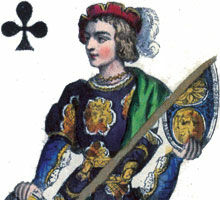
O. Gibert, Paris c.1840-60
Gibert was a master card-maker whose fashionable playing cards were of a very high standard.
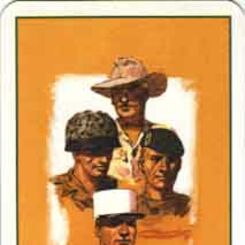
Polaires - Foreign Legion Playing Cards
A Bridge-style deck featuring Foreign Legion paintings by Maitre Rosenberg.
Most Popular
Our top articles from the past 60 days






















